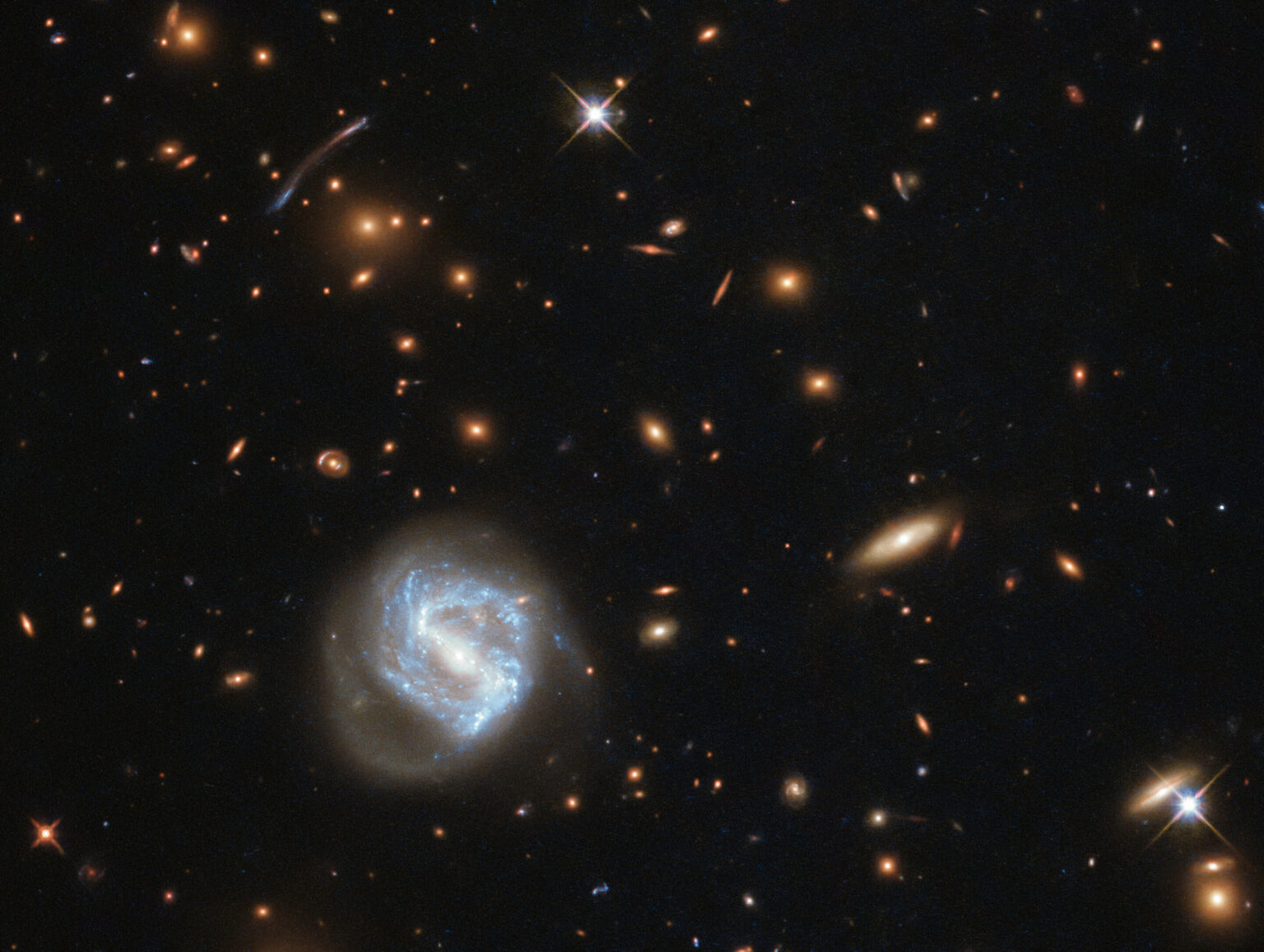Artificial intelligence has been able to find a new term in the equation for estimating the mass of galactic clusters, which makes it more accurate. This will be of great importance in order to understand how the Universe works.

How to find out the mass of galactic clusters
Astrophysicists from the Institute for Advanced Studies of the Flatiron Institute used artificial intelligence to find the best way to estimate the mass of galaxy clusters. And he proposed to introduce a fairly simple term into the well-known equation, which significantly increased its accuracy.
This task is closely related to understanding how our Universe works. In order to accurately describe its past and future, it is necessary to know how the mass is distributed in it. And it is mainly concentrated in clusters of galaxies, which may include thousands of star systems similar to the Milky Way.
The problem is that in addition to them, a large proportion of the mass can fall on plasma, gas and dust, which we often simply do not see, as well as on dark matter, which practically does not interact with the environment at all.
Assessment of changes in relic radiation
Therefore, a rather tricky method is used to estimate the mass of the galaxy, which is based on the fact that when matter is compressed under the influence of gravity, electrons fly out of it and their increased pressure arises. When a photon of relic radiation flies through a cloud of such excited electrons, it is re-emitted.
And the characteristics of these newest photons depend on the characteristics of the electrons. And from these parameters, it is already possible to calculate the characteristics of gravitational flight and, as a consequence, the mass that gives rise to it. But the problem is that different galaxy clusters may have different contributions from different components.
One of them may have dark matter, others — gas and dust, and the third — stars. And their influence needs to be assessed in different ways. Therefore, the equation used by astrophysicists can have many additional coefficients that somehow affect the result.
How artificial intelligence improved the accuracy of calculations
It was the problem of a large number of coefficient variants that forced scientists to involve artificial intelligence in the search for an answer. In principle, it is no different from what is used for many other tasks.
There was a certain set of results, on which it learned what the possible correct answers look like, and then it began to generate more and more new options, checking them for compliance with what it had learned.
The only difference was that this time it worked directly with the equations, using the method of symbolic regression. After all, mathematical expressions are images that a mathematician’s brain evaluates based on previous experience.
The machine did the same thing, only faster. And in the end, artificial intelligence managed to find a coefficient that made the standard expression more effective. As a result, it turns out that the new equation reduces the variability of the mass mark by 20-30 percent.
According to phys.org
Follow us on Twitter to get the most interesting space news in time
https://twitter.com/ust_magazine

